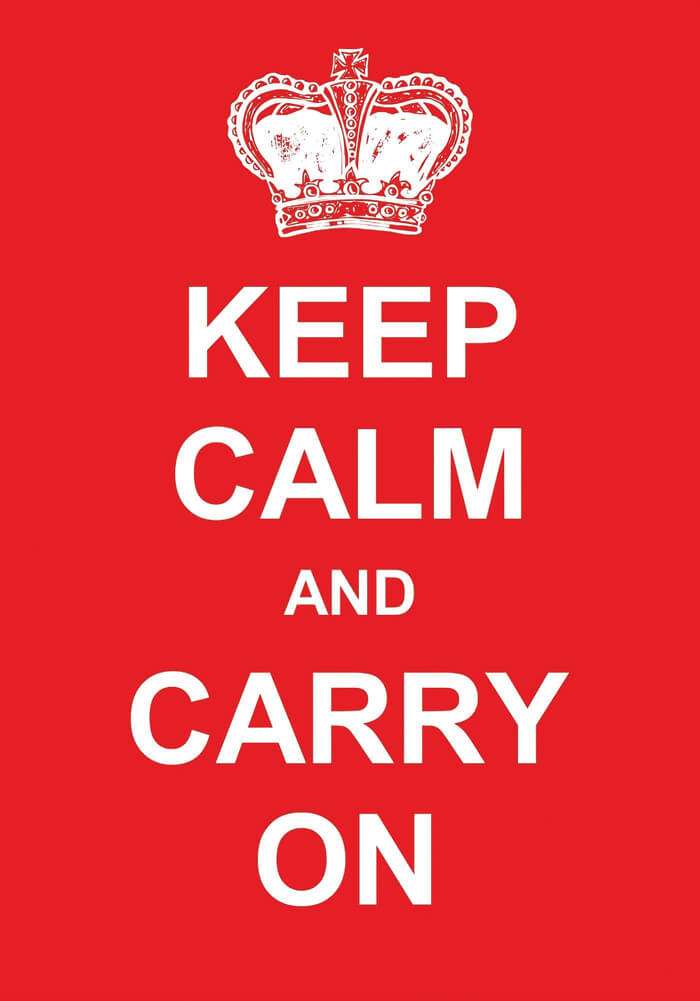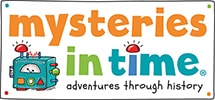
Posters and Propaganda
Posters and Propaganda: The Power of Visual Communication in World War II
World War II was fought on many fronts; in addition to the physical battles, there were psychological ones too. Among the most potent weapons in these struggles for hearts and minds were posters and propaganda. In this era before television and the internet, these powerful visual tools helped to shape public opinion and mobilise civilian support for the war effort.
Propaganda: More Than Just Posters
Propaganda refers to the systematic spreading of information, especially of a biased nature, used to promote a political cause or point of view. Essentially, it’s a strategy employed by governments or organisations to shape public opinion and influence behaviour. Propaganda often simplifies complex issues, presenting them in a way that strongly encourages people to think or behave in a certain manner. This could be achieved through various mediums such as posters, films, speeches or even comic books. Regardless of the form it takes, the intent of propaganda is to sway you towards a particular perspective. During World War II, it was used by all sides to boost morale, encourage enlistment, promote security vigilance and even demonise the enemy.
The Iconic Posters of WWII
Many of us are familiar with some of the iconic posters from World War II, even if we don’t realise their origins. The British “Keep Calm and Carry On” poster, while not widely circulated during the war, has since become a ubiquitous symbol of resilience. Similarly, the American “We Can Do It!” poster, featuring ‘Rosie the Riveter’, became a powerful symbol of the contributions women made to the war effort on the home front.
Crafting the Message
Careful thought went into the design of these posters. They needed to capture attention, convey a clear message, and spur the viewer to action. Bold colours, striking images and emotive language were common elements. Some posters used fear to promote caution and vigilance – images of shadowy figures emphasised the danger of inadvertently aiding the enemy by careless talk.
The Impact of WWII Propaganda Posters
The impact of these propaganda efforts was considerable. They helped foster a sense of national identity and common purpose, encouraged sacrifice for the greater good, and maintained morale during some of the war’s darkest days. Posters and other propaganda materials created an “us versus them” mentality that simplified complex political situations and justified the hardships of war to the public.
The Legacy of WWII Propaganda
The legacy of World War II propaganda posters extends beyond their historical context. They offer insights into the culture and values of the time, reflecting the fears, hopes and motivations of a world at war. Today, they are appreciated not only as historical artifacts but also as works of art and design.
Furthermore, they serve as a reminder of the power of visual communication and the role it can play in shaping public opinion, whether for good or ill. Understanding this history can help us become more discerning consumers of information in our own media-saturated age. World War II was a conflict of unprecedented scale and complexity, touching nearly every aspect of life. Through the lens of posters and propaganda, we can gain a unique perspective on the war and the people who lived through it.

